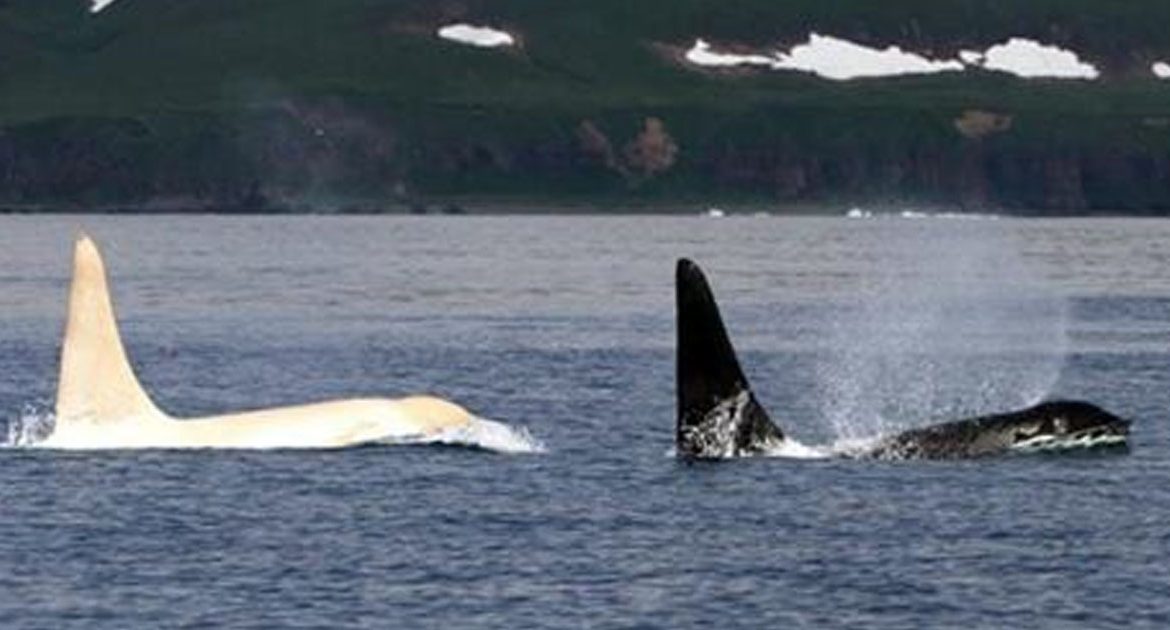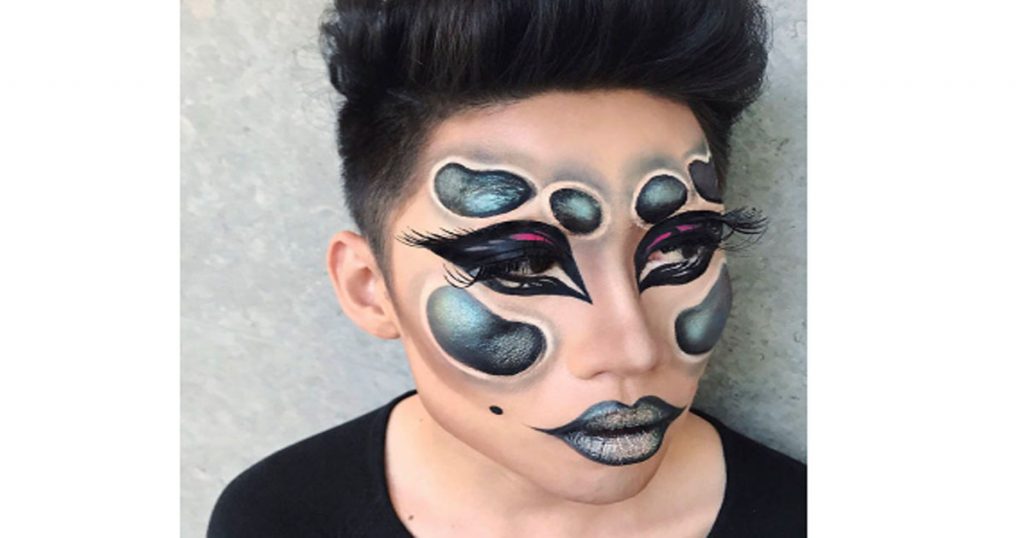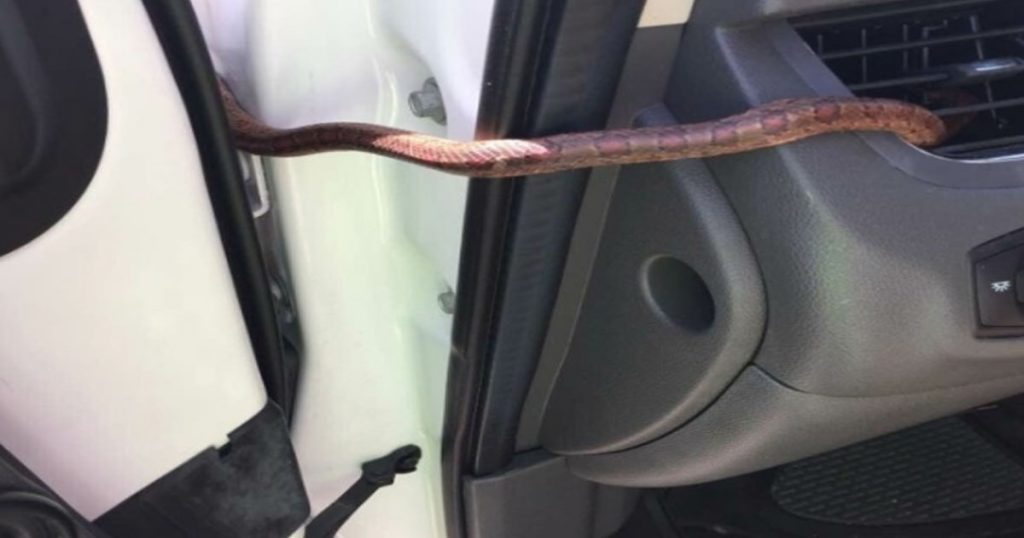Orcas are beautiful and powerful creatures that attract attention with their distinctive black and white patterns as well as their size and power. Unfortunately, this popularity made many of them struggle in captivity, living in small tanks and showing tricks in aquatic parks around the world.
But luckily there are organizations that are looking out for them and working on protecting these beautiful animals. Orcas can life for a long time, and it would be awesome for them to spend that lifespan in the wild.
Workers of the Far East Russia Orca Project (FEROP) have recently obtained a rare opportunity. They saw an albino orca swimming next to the usual-colored family near Kuril Islands. This kind of orcas is extremely rare, and it was a first appearance in four years.
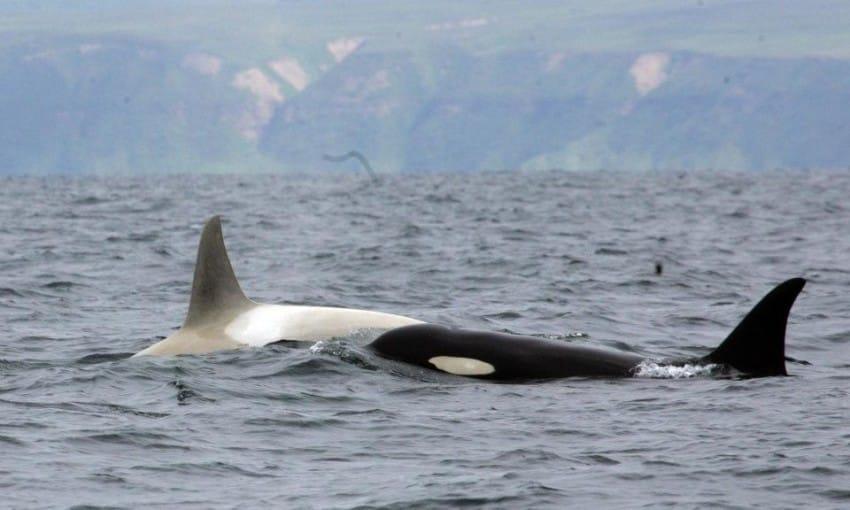
This all-white orca was first spotted in 2010 near the North Pacific’s Commander Islands and named Iceberg. He was about 16 years old at that time, and it was surprising that nobody had ever seen him before. The last time he was spotted in 2012. After then nobody saw him, so FEROP and other organizations though there might have been some troubles with him. But he is fine as we all can see now!
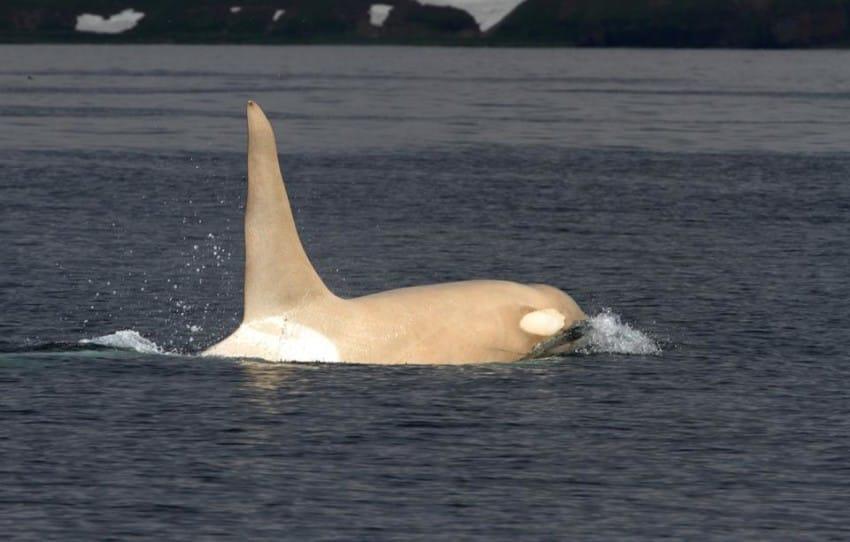
According to Erich Hoyt of the Far East Russia Orca Project (FEROP), Iceberg was the first full-grown al-white orca ever spotted, and he was “breathtakingly beautiful”. He still has that classic pattern, but it’s rather ivory than black.
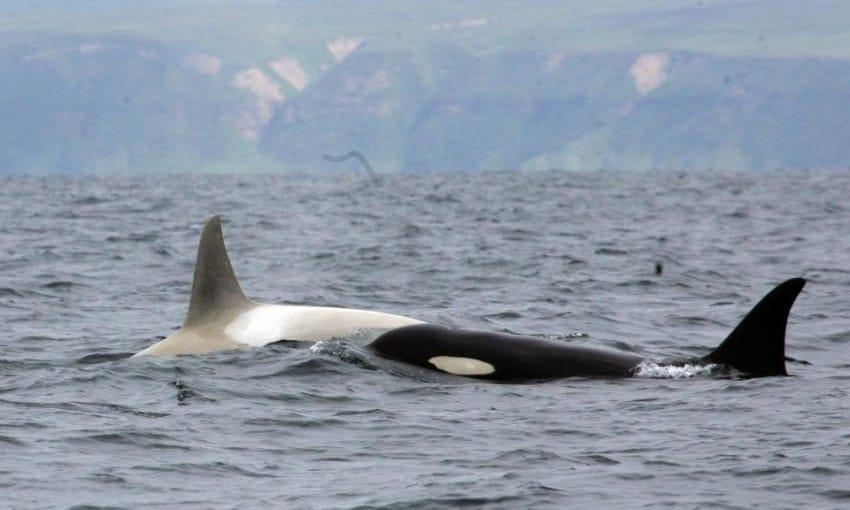
However, there is no confirmation that he is a truly albino. Albinism is characterized by red or pink eyes due to the total lack of pigment all over the body. There is also leucism that is a partial loss of pigment with the usual colored eyes. Scientists are not sure about Iceberg yet, so they just call him “all-white”.
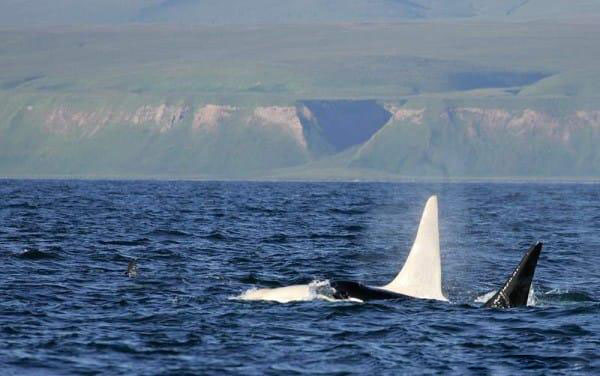
According to FEROP there might be about 5–8 all-white orcas living on the planet now. Another one is Lemon. He is still young; it can be seen from his size. He has some scarring on his back, but that doesn’t seem to influence his health and activity.
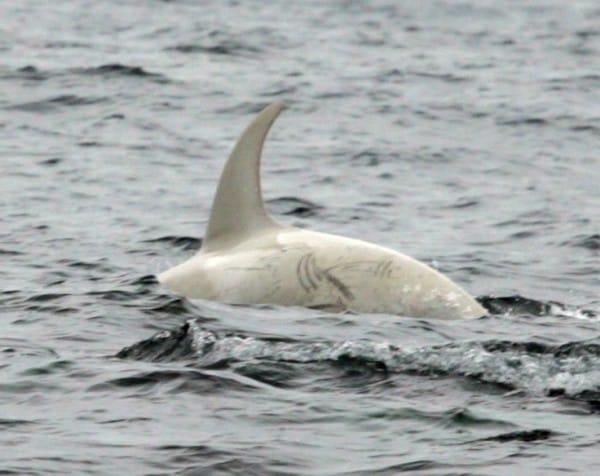
There is also a female orca named Mama Tanya in that pod. She has a white spot shaped as a saddle behind her dorsal fin.
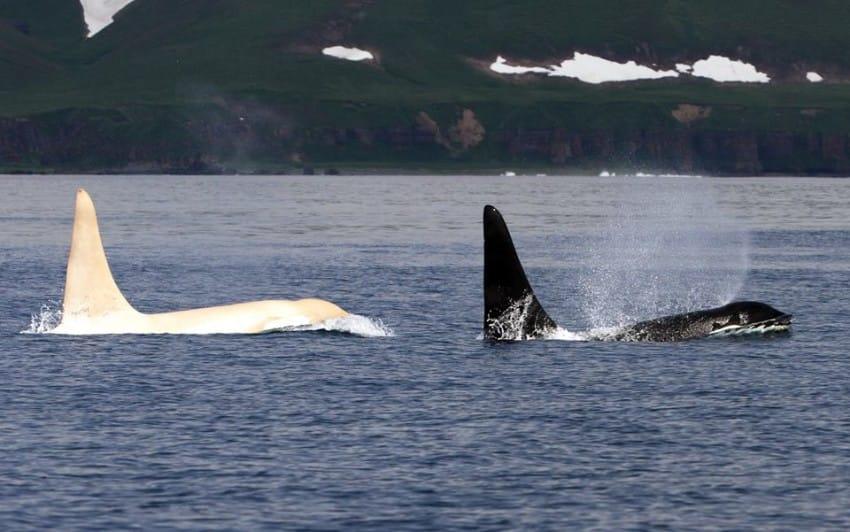
This saddle shaped spot is a family trait as it was seen on other orcas in this family. It’s so amazing to see all of them swimming free, so different and so beautiful!
Source: littlethings.com
